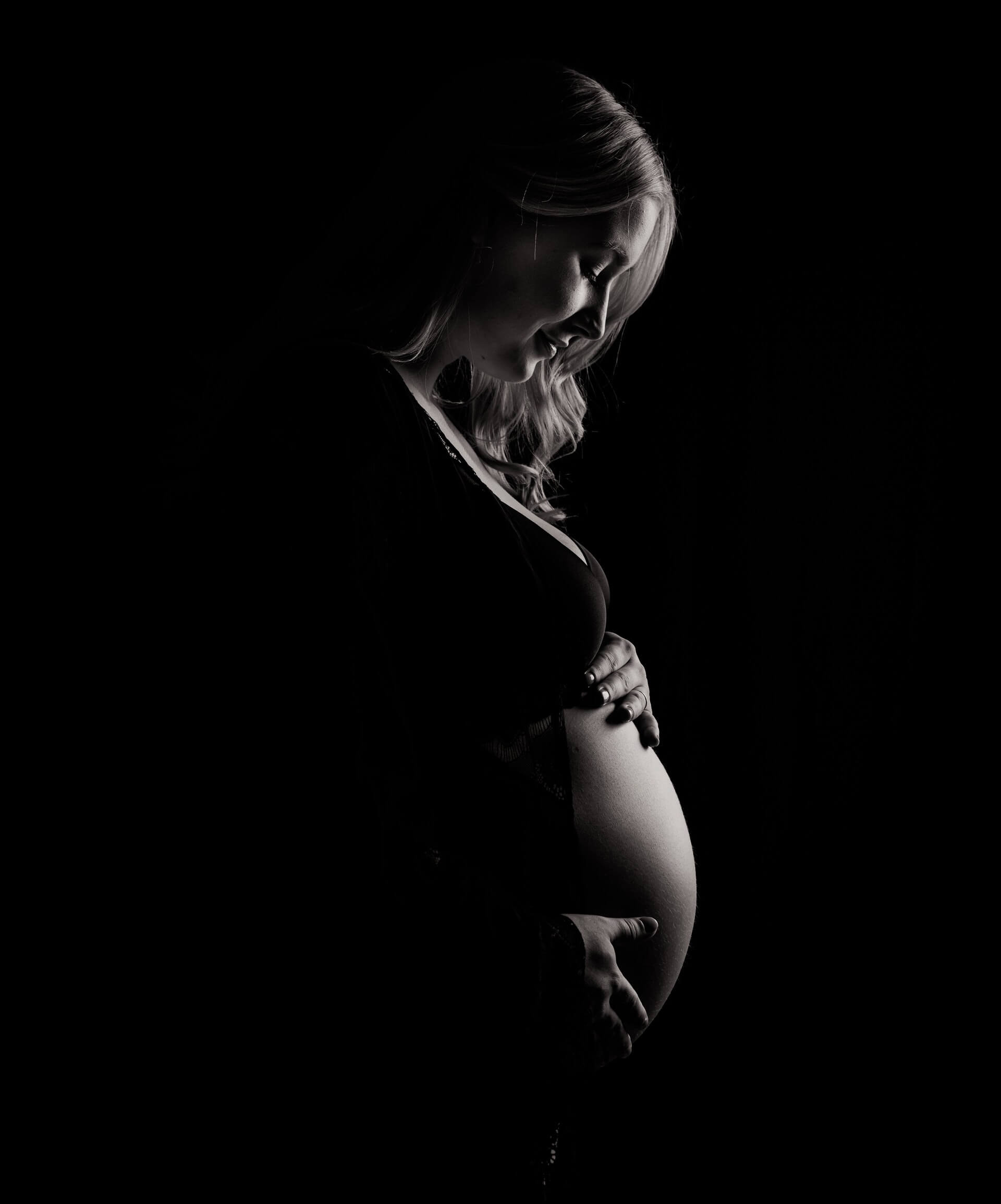
What is Statutory Maternity Pay? How can I get it? How much may I receive? If you are employed and a soon-to-be mother, you could receive Statutory Maternity Pay. Then, you would be able to receive payments for a certain number of weeks. Your Benefits will tell you everything you need to know about statutory maternity pay.
How much is statutory maternity pay?
You will receive a certain amount for the first 6 weeks. Then, you will get another amount for the following 33 weeks. You can receive the benefit for a maximum of 39 weeks. They are as follows:
- For the first 6 weeks: 90% of your weekly earnings (on average, and before tax);
- For the following 33 weeks, whichever of the following is the lowest amount: 90% of your weekly earnings, or £151.97.
The way that Statutory Maternity Pay (SMP) is paid is the same as how your wages are paid. In fact, if you are paid weekly, then so will the benefit be paid. This is the same if your wage is paid monthly, and so on.
What is statutory maternity pay?

Statutory Maternity Pay (SMP) is a benefit that newly made mothers can get. In fact, you will be able to earn it for 39 weeks. More specifically, you receive a certain amount in the first 6 weeks. Then, you receive another amount in the following 33 weeks.
Otherwise, you may be taking Shared Parental Leave. If this is the case, you will receive Statutory Shared Parental Pay (ShPP). You could receive up to £151.97 with this benefit, or 90% or your weekly earnings. In fact, it depends on whichever one is lower.
Note that, if you receive Statutory Shared Parental Pay, you may not be eligible to earn Statutory Maternity Pay (SMP).
When are you entitled to maternity pay?
Statutory Maternity Pay (SMP) and Maternity Leave go hand in hand. As such, you will typically get this benefit at the same time that you get Maternity Leave.
However, you may also not be working because of an illness related to your pregnancy. Indeed, this could be true 4 weeks before your baby is due. If it is the case, you may then start receiving SMP automatically.
You may disagree with how much or how your employer is paying your Statutory Maternity Pay. Indeed, if you do, or if they cannot pay, you may notify the Statutory Payment Dispute Team on 0300 322 9422.
Statutory maternity pay eligibility
A couple of things need to apply to your situation in order for you to be eligible for Statutory Maternity Pay. More specifically, all of the following need to be true, you:
- Provide proof that you are pregnant;
- Receive £120 in average weekly income or more;
- Have worked for your employer for 26 weeks or more continuously, and did so during ‘qualifying week’
Qualifying week is the 15th week before the week that you expect your child to be born.
You may have been in police custody during your maternity pay period. Then, you may not receive SMP. Additionally, it will not start over once you are discharged.
If you are not eligible for SMP, you may qualify for Maternity Allowance instead. Indeed, Maternity Allowance is a benefit for those who are pregnant but cannot earn SMP. You may earn the following amount with this benefit:
| Maternity Allowance amount in 2022 | |
|---|---|
| Work situation | Weekly pay |
| Employed, or recently stopped working | £151.97 or 90% of your average weekly earnings (whichever is less) |
| Self-employed | Between £27-£151.97 |
| Unpaid work for your civil partner’s business | £27 |
What qualifies as continuous employment?
Continuous employment consists of working for an employer without pause. Then, you have been employed by your employer with no break. Furthermore, the length of employment allows employers to determine certain things. This includes Statutory Maternity Pay.
Your situation may lead you to not be working. However, your days may still count for continuous employment. This is the case for the following:
- Lay-offs (that are temporary);
- Employer lockouts;
- Military service;
- Business transfer from one employee to another;
- An employee moving from one associated employer to another;
- Maternity, sickness, parental, adoption or paternity leave;
- Annual leave;
- Employment moved overseas for the same employer;
- The amount of time between an unfair dismissal, and an employee going back to work;
- A corporate body being taken over following a change of legal nature.
Maternity Leave eligibility
Maternity Leave and Pay go hand in hand. As such, you may want to know if you qualify for Maternity Leave. If the following applies to you, you likely qualify:
- You are not a worker, but an employee;
- You provide your employer with the correct notice.
What documents do I need to provide my employer?
You need to inform your employer of the beginning of your Statutory Maternity Pay 28 days in advance or more. More specifically, you must tell them when you want to stop work and be paid SMP. They may ask for this demand in writing. Additionally, you will need to give proof of pregnancy.
You must provide proof of pregnancy for SMP, but not for Maternity Leave. A proof of pregnancy can be one of the following:
- The MATB1 you were given (you will be provided this document no later than 26 prior to your due date. It will be given by a midwife or doctor);
- A letter written by a midwife or doctor, stating that you are pregnant.
What additional help could I receive?

If you are eligible for Statutory Maternity Pay, you are likely eligible for a number of other benefits. More specifically, the following:
- Income Support (you may earn this while not at work);
- Working Tax Credit (you may earn this for 39 weeks after going on Maternity Leave);
- Child Tax Credit;
- Child Benefit;
- Universal Credit.
Your employer might have a company maternity scheme. If this is the case, they may not pay you less than the Statutory Maternity Pay amount. Indeed, they may only offer the same or more.
Additionally, you could get extra amounts of leave. Indeed, you could receive 18 weeks of unpaid parental leave following the birth of your child. However, this number may be limited to 4 weeks yearly.
What if my employer doesn’t pay me, or pays me the wrong amount?
Your employer may not be paying you your due. If this is the case, do not worry. You may contact HM Revenue and Customs. This is the case if you believe they are not paying you the right amount, or just not paying you.
You may contact HMRC for disputes with your employer. However, always try to first resolve the conflict with them. Then, contact HMRC if this does not work.
You may also contact them by post. Indeed, do so if you believe you are not paid the right amount of Statutory Maternity Pay. Send your letter to the following address. It does not need a city name, street name or PO box:
Statutory Payment Dispute Team
PT Operations
North East England
HMRC
BX9 1AN
United Kingdom


